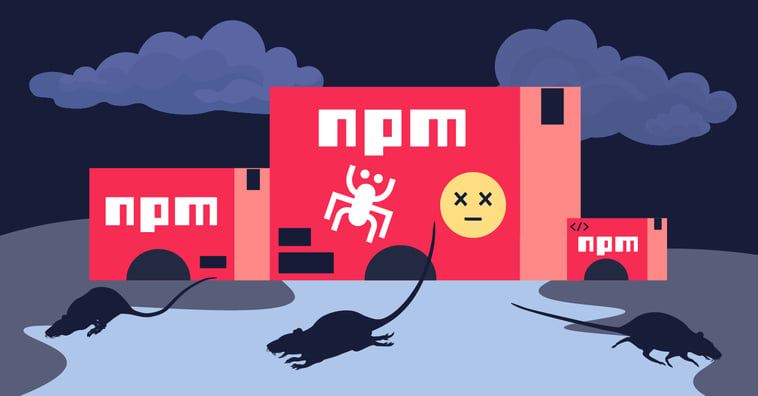Threat Research
Threat Research

Unpacking the Kwampirs RAT
Learn moreBlog Report

Remote access Trojan — A malware designed to infiltrate target systems, giving hackers remote control over the compromised device. RATs typically enter systems through deceptive tactics such as malicious email attachments, fake software updates, or infected downloads. Once installed, they establish a covert communication channel, enabling hackers to monitor activities, steal sensitive data, and execute commands without the victim's knowledge.
Early detection and prevention: Awareness of RAT characteristics aids in identifying suspicious behavior and preventing attacks before they cause significant damage.
Data protection: Understanding how RATs operate enables individuals and organizations to implement robust security measures to protect sensitive information.
Incident response: In the event of a RAT attack, familiarity with RATs' functionalities helps in effective incident response and damage control.
Espionage: RATs are powerful tools for waging cyberwarfare, functioning as digital spies that infiltrate systems to collect sensitive data. Their capabilities range from capturing keystrokes to monitoring online behaviors and thus revealing a victim's preferences and vulnerabilities. RATs can also covertly access and extract crucial files, making intellectual property, financial data, and personal records prime targets.
Data theft: RATs are formidable tools for cybercriminals, providing avenues to infiltrate systems and harvest valuable data. These Trojans put financial credentials, intellectual property, and personal records at risk.
Distributed denial-of-service (DDoS) attacks: RATs can weaponize compromised systems into formidable botnets. These enable hackers to launch potent DDoS attacks by harnessing the power of many infected devices. Such attacks inundate target servers with overwhelming traffic, rendering the servers inoperative, causing disruptions, and affecting online services, business functions, and reputational standings.
Remote control: RATs allow hackers unauthorized control over victims' systems, enabling more than just observation. Threat actors can manipulate a device to upload or download files and execute malicious payloads, and they can maneuver within the system undetected. This deep intrusion means attackers could plant incriminating evidence, initiate additional cyberattacks, or compromise system integrity.
Surveillance: RATs can activate a device's microphone and camera, transforming them into clandestine surveillance tools. By hijacking these features, threat actors can intrude upon a victim's privacy, eavesdropping on conversations and capturing their surroundings' visuals. This opens doors to potential blackmail, corporate espionage, and extortion for those using RATs with malicious intent.
Enhanced security posture: Understanding RATs enables businesses to bolster their security infrastructure, minimizing vulnerabilities.
Risk mitigation: By recognizing potential RAT attack vectors, organizations can proactively implement measures to reduce risks.
Regulatory compliance: Industries with stringent data-protection regulations can ensure compliance by safeguarding against RAT attacks.
Customer trust: Implementing effective security against RATs enhances customers' confidence, protecting their data from breaches.
Education and training: Regular cybersecurity-awareness programs empower employees to recognize suspicious activities and avoid falling victim to RAT attacks.
Robust antivirus software: These tools can detect and quarantine RATs before they can execute.
Firewall configuration: Configure firewalls to restrict unauthorized inbound and outbound connections, hindering RAT communication.
Patch management: Keep operating systems and software up to date to mitigate vulnerabilities RATs might exploit.
Network segmentation: Divide networks into segments to limit the lateral movement of RATs within the infrastructure.
For further insights into RATs, explore the following articles:


